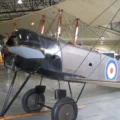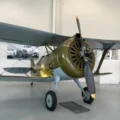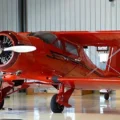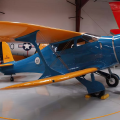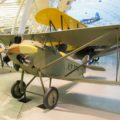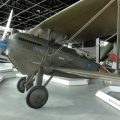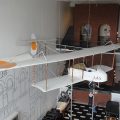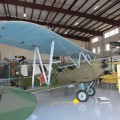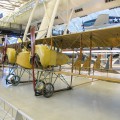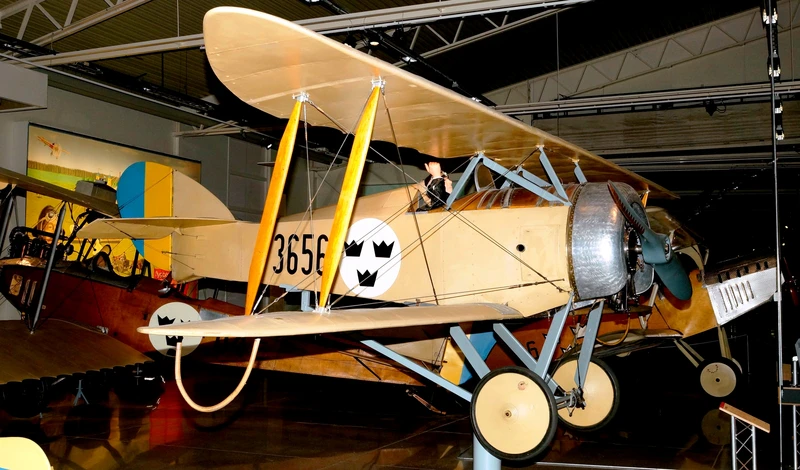
FVM Ö1 Tummelisa | |
|---|---|
| Ország | Svédország |
| Szerepet | Légi járművek képzése |
| Első repülés | 1920. június |
| Beépített | 28 |
A FVM Ö 1 Tummelisa (svédül Thumbelina) egy együléses, egymotoros svéd kétfedelű repülőgép az 1920-as évekből. Az 1930-as évek közepéig a Svéd Légierő üzemeltette fejlett kiképzőgépeként.
Forrás: FVM Ö1 Tummelisa a Wikipédián
| FVM O1 Tummelisa séta körül | |
|---|---|
| Fotósok | Ismeretlen |
| Lokalizáció | Ismeretlen |
| Fénykép | 11 |
Lásd még:
A FVM Ö1 Tummelisa was a Swedish biplane designed for advanced training of fighter pilots in the 1920s. It was powered by a 90 hp Le-Rhone rotary engine and had a maximum speed of 145 km/h. The name Tummelisa means Thumbelina in English and was inspired by the fairy tale character created by Hans Christian Andersen. The aircraft was built by FVM (Flygkompaniets Tygverkstäder på Malmen), a workshop of the Swedish Army Telegraph Corps’ Aviation Department.
The chief designer was Gösta von Porat, who had studied aeronautics in France and brought back some sketches and calculations for a biplane project. He collaborated with Henry Kjellson, an engineer at FVM, to complete the design and construction of the first prototype, which flew in June 1920. The Swedish Air Force ordered 28 Tummelisas and used them until 1935. The aircraft was praised for its agility and handling, but also required skill and experience to master the effects of the rotary engine. Only one original Tummelisa survives today and is displayed at the Flygvapenmuseum in Linköping. A replica was built by Mikael Carlson, a commercial pilot and aviation enthusiast, who flies it at airshows around the world.
Megtekintették : 702




